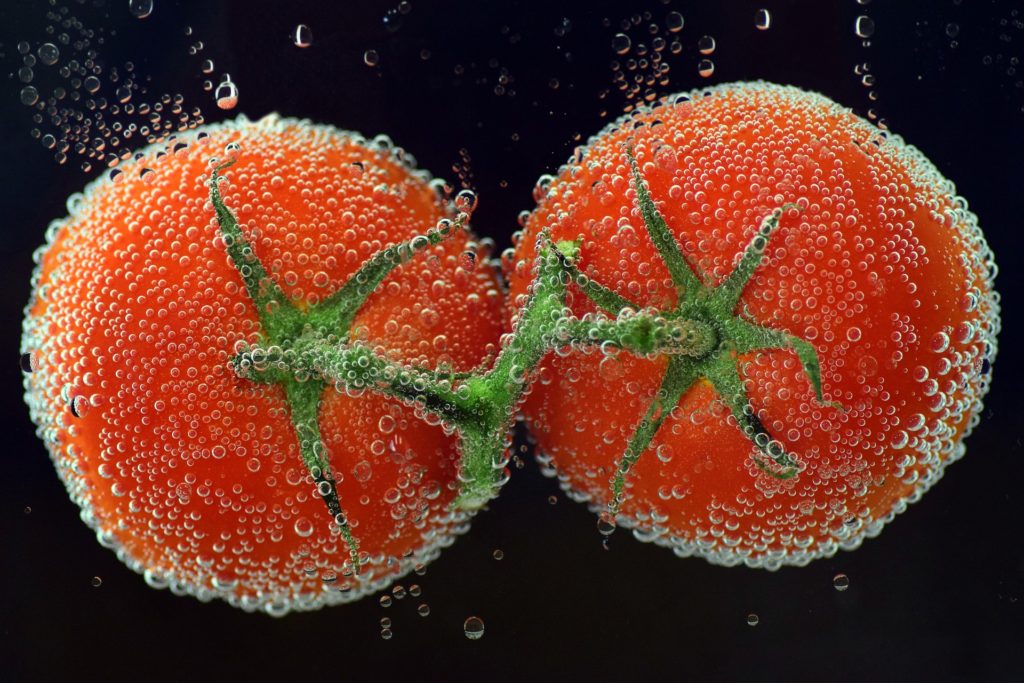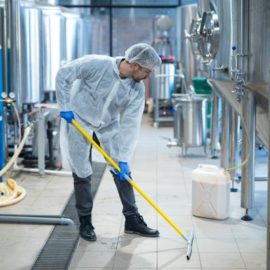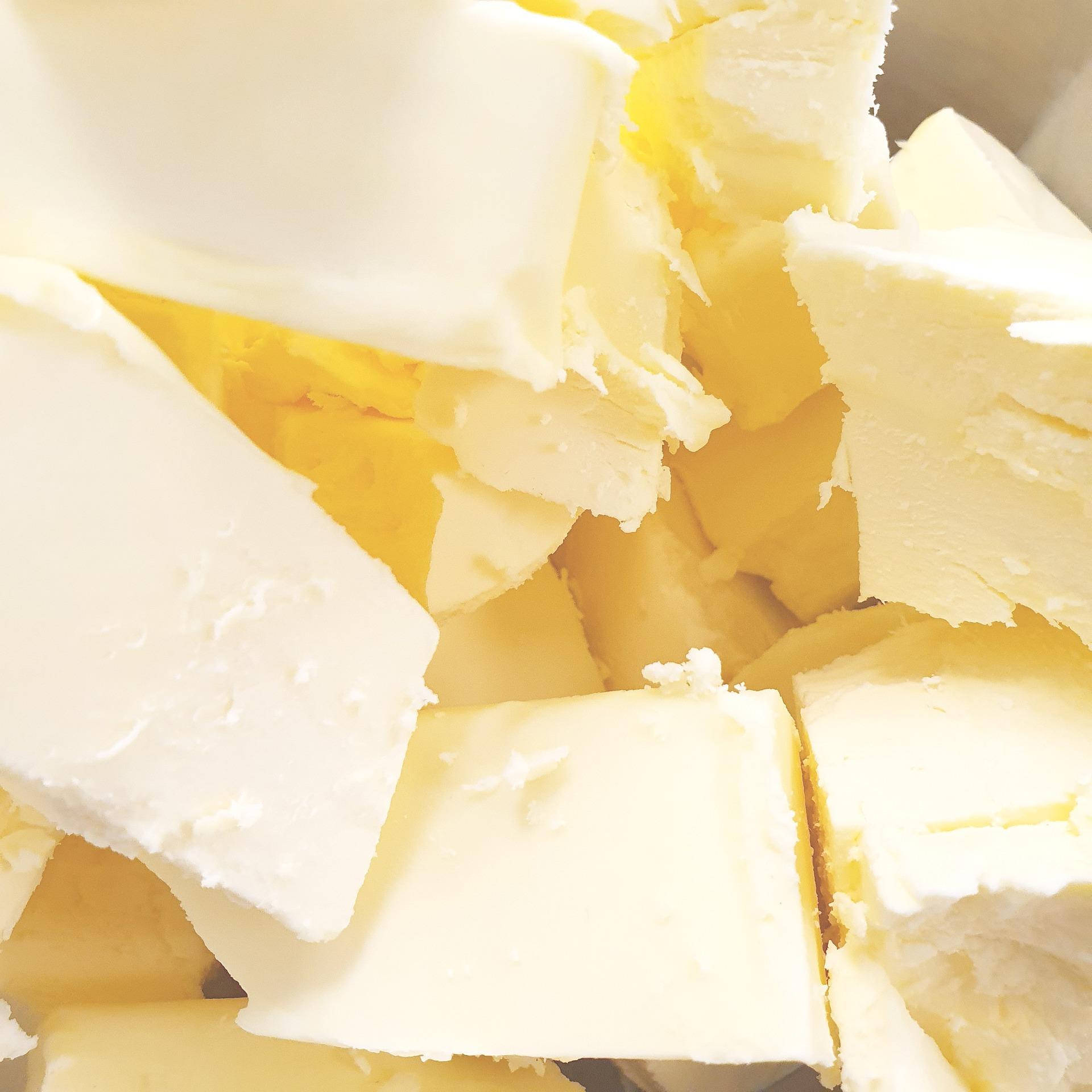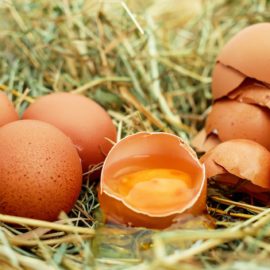
Blanching is one of the few food processing operations that are nearly exclusive for vegetables and some fruits. However, Blanching is rarely utilized for soft fruits because of the possible losses in flavor, texture, color, and water-soluble components. Basically, blanching is a process that involves plunging food into a boiling water for a short period of time (around 1 to 3 minutes). Commercially, this is done by using a bath of hot water or passing the food through an atmosphere of saturated steam. The quick heat treatment is followed by immediate cooling under cold running water or in iced water. Rapid cooling avoids excessive heat that may damage the product. Blanching treatments on experimental basis has to be established. This depends on the nature of the vegetable or fruit, its size, shape, and the level of enzymes.
But what exactly does blanching fruits and vegetables achieve?
BLANCHING DEACTIVATES ENZYMES
Well, blanching is merely a pre-treatment process whose main purpose is deactivate enzymes in fruits and vegetables. These naturally occurring enzymes are responsible for the negative changes such as discoloration or browning, off-flavor, texture change, and nutrient degradation. This is usually carried out right after the preparation of raw materials and before the main process, usually freezing. Although freezing preserves fruits and vegetables, it does not completely stop the enzyme activity. By blanching prior to freezing, the produce in its frozen state prevents the loss of flavor, color, as well as texture for several months. When canning using large cans, the time needed to reach sterilization temperatures may be sufficient to allow enzyme activity to happen. Furthermore, blanching helps dispel air from intercellular spaces, which assist in the formation of a headspace vacuum during canning. This just tells how important blanching is prior to canning operation.
You might also like: Home Canning: The Importance of pH
Additionally, blanching, combined with peeling/cleaning food, helps save on energy consumption, space, and equipment cost. It also helps remove pesticide and reduce microbial load.
Just a reminder though. Like pasteurization, blanching is a mild heat treatment. Sure, the heat involved destroys bacteria. But the temperature and time are not sufficient to destroy many pathogens.This is another reason why blanched produce requires further preservation treatment such as freezing, canning, and drying.
A CLOSER LOOK AT PLANT ENZYMES
Basically, enzymes are proteins whose role is to speed up chemical reactions to support life. Our body also contains enzymes. They help build muscles, digest food and destroy toxins. Enzymes are essential to life. In fact, without enzyme, our body would not function.
Enzymes also hold the same importance in fruits and vegetables. They remain active after harvest. The bad thing is that their activity results in undesirable changes in fruits and vegetables. One of the most commonly discussed in food science is enzymatic browning in fruits such as apples. Apples contain phenols and polyphenoloxidase (PPO), a type of enzyme. When an apple is cut or sliced, these two become exposed to oxygen, starting an oxidation reaction. The PPO enzyme converts the phenols into the brown pigment melanin. The application of heat to denature the PPO enzyme is one way to prevent this from taking place.
You might also like: The Reason Why Sliced Apples Turn Brown
Aside from PPO, the enzymes lipoxygenase, polygalacturonase, and chlorophyllase are also responsible for the quality losses in fruits and vegetables. The enzymes catalase and peroxidase do not usually cause deterioration during storage of produce. Since they are heat-resistant enzymes, they can be marker enzymes to determine if the blanching operation has been carried out properly.
HOW DO WE BLANCH?
Blanching involves dipping the vegetable or fruit in boiling or near-boiling water for 1 to 3 minutes. The actual time will vary depending on several factors such as the type of vegetable or fruit, the size of the food, blanching temperature and the method of heating. These factors must be considered carefully. Underblanching may cause more damage to the food than without blanching does. The heat is enough to damage and disrupt tissues and release enzymes, instead of activating them. This mixes the enzymes and the substrates, causing accelerated damage. On top of that, underblanching may only destroy some of the enzymes, causing increased activity of others and accelerated deterioration.
Small foods like green peas require blanching 1 to 1.5 minutes at 212 °F (100 °C). Vegetables broken into small flowerets like cauliflower and broccoli require blanching for 2 to 3 minutes. Corn on the cob requires blanching for 7 to 11 minutes, depending on the size. Asparagus requires blanching for to 4 minutes, depending on the thickness.
Few vegetables such as green peppers and onions do not require blanching to prevent increased enzyme activity during storage. Majority of fruits also do not require blanching. This is especially true for soft fruits.
In certain green vegetables, adding sodium metabisulsphiote (Na2S 2O5) or sodium carbonate (Na₂CO₃) is beneficial. Doing so decreases the pH level slightly, preventing color change. Color loss occurs in vegetables due to the degradation of chlorophyll to phaeophytin during processing and storage. However, studies have found out that alkaline conditions helps minimize changes in color. In fact, this study revealed that chlorophyll retention is more effective at higher pH conditions.
References
P. Fellows (2000). Food Processing Technology (2nd Edition). CRC Press
V. Vaclavik and E. Christian (2014). Essentials of Food Science (4th edition). Springer
H. Ramaswamy (2015). Post-harvest Technologies of Fruits & Vegetables. DEStech Publications, Inc.


